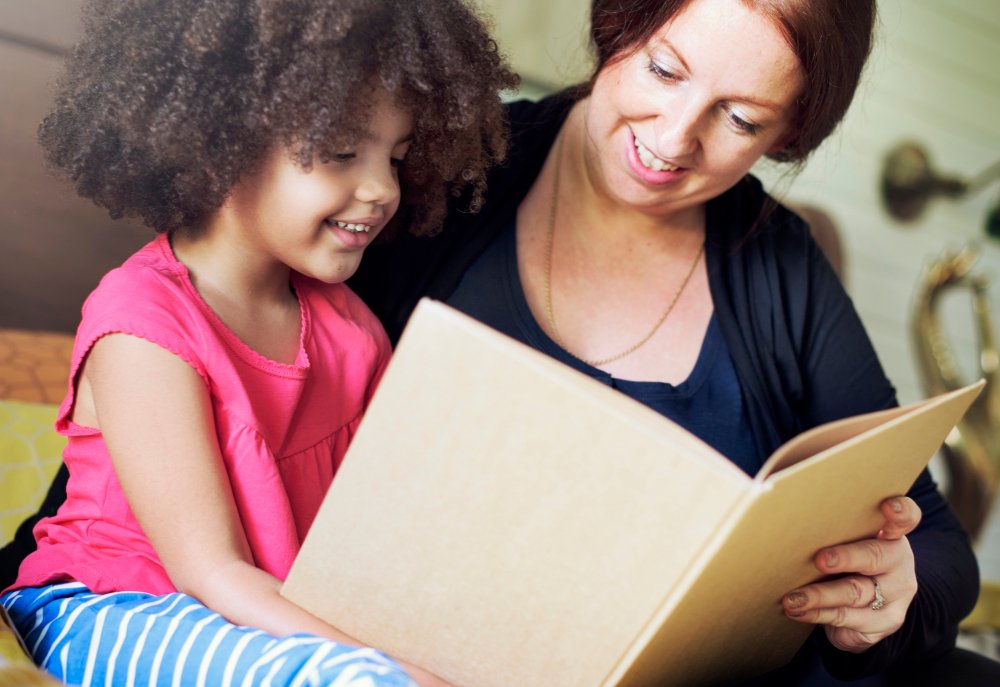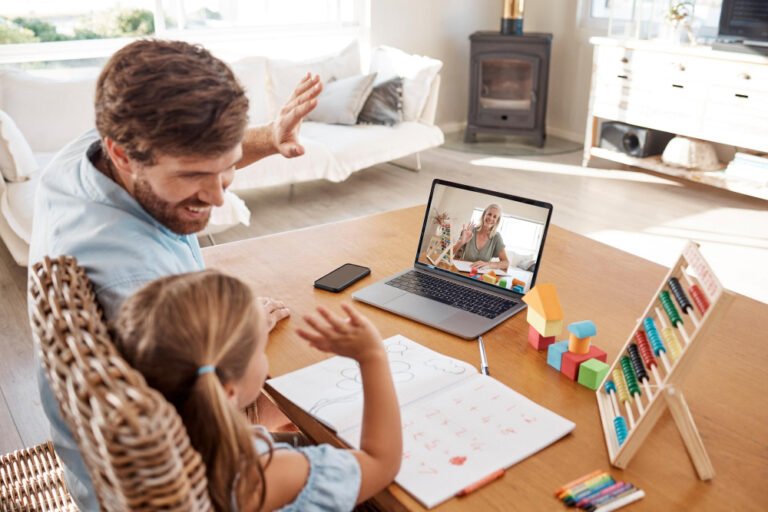Your child is smart. Creative. Thoughtful. But when it comes to reading or writing, something just doesn’t click — and that might be an early sign of dyslexia in children.
Maybe they reverse letters. Avoid homework. Read far below grade level. Or say things like, “I’m dumb.”
You wonder: “Is this just a phase, or is it something more?” It might be.
📘 Worried already? The Dyslexia Empowerment Plan by Ben Foss is a parent-friendly guide that offers clarity, tools, and hope.
This article will help you recognize common signs of dyslexia in children, understand the difference between delay and disorder, and give you practical ways to support your child at home — even before a diagnosis.
What Is Dyslexia?
Dyslexia is a learning difference. It affects how the brain works with letters, sounds, and written words. It’s not about intelligence or laziness — many kids with dyslexia are bright and creative. They just process language differently.
Because reading touches everything in school, struggles with reading often spill into confidence, behavior, and even friendships.
Recognizing the Signs at Every Stage
Each child is unique, but these signs often show up in similar ways:
Ages 4–6
- Trouble remembering letter names or sounds
- Difficulty hearing rhymes or following sound patterns
- Mixing up common words when speaking
Ages 7–9
- Reads slowly or avoids reading aloud
- Reverses letters like “b” and “d”
- Misses words when copying or reading out loud
Ages 10–13
- Excellent storytelling skills, but struggles to write
- Low confidence in academic settings
- Avoids schoolwork they once enjoyed
The earlier you notice the signs, the better the support can be.
Why It’s Not About Laziness
When a child seems distracted, slow, or unwilling — it may not be attitude. It may be exhaustion from trying so hard with little progress.
Children with dyslexia often work twice as hard to stay at the same pace. What they need most is not more pressure, but more patience.
“The child who reads slowly today may one day lead with empathy because of what they’ve overcome.”
How You Can Support Learning at Home
1. Start with Strengths
Focus on what they love. Draw, build, move — these things build confidence before opening a book.
2. Use All the Senses
Write letters in shaving cream. Speak and write together. Sing spelling words. Movement helps memory.
3. Read With, Not At
Don’t make reading a test. Make it a shared time — even if you’re the only one reading aloud.
4. Simplify the Steps
Instead of saying “Read this chapter,” try: “Let’s start with one sentence.” Small wins matter.
5. Be Present, Not Perfect
They don’t need a specialist at home. They need your calm, consistent support.
👉 👉 If emotional outbursts or shutdowns are also common, read How to Correct Your Child Without Breaking Their Spirit.
Best Resources for Dyslexia Support
- 📘 The Dyslexia Empowerment Plan – A practical guide for parents, available on Amazon
- 🧠 Overcoming Dyslexia – Dr. Shaywitz’s guide to early support, available on Amazon
- ❤️ The Gift of Dyslexia – How difference becomes strength, available on Amazon
- 📖 The Reading Lesson – 20 step-by-step lessons for home use, available on Amazon
- 💻 Nessy Learning – Fun online tools that support kids who learn differently
Encouragement for Parents
If you’re tired, they probably are too. And yet, the fact that you’re reading this — searching, learning, showing up — means more than you know.
You don’t need to have it all figured out. You just need to walk beside your child with courage and compassion.
“Train up a child in the way he should go…” — Proverbs 22:6
And sometimes, that way looks a little different. A little slower. But no less beautiful.
What’s one way you could support your child’s reading journey today — even if it’s just sitting down together?ing deeply, unconditionally loved..







One Response